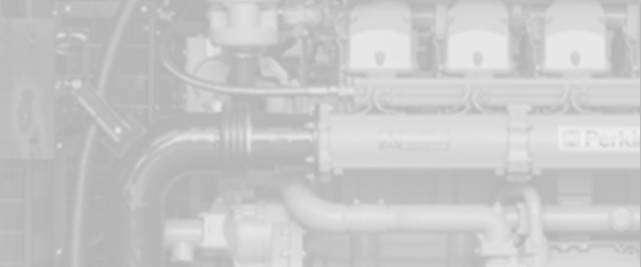ئۆكتەبىر . 18, 2024 17:47 Back to list
Understanding Components and Terminology of Brake Drum Systems
Understanding Brake Drum Parts A Comprehensive Overview
When it comes to vehicle safety and performance, the braking system is one of the most critical components. Among the various types of braking systems, drum brakes are a widely used option, especially in older vehicles and certain types of commercial vehicles. Understanding the parts that make up a brake drum can enhance your knowledge of vehicle maintenance and repair. This article will delve into the essential components of a brake drum system, their functions, and the importance of each part.
1. Brake Drum
The brake drum is the central piece of the drum brake system. Typically made from cast iron or aluminum, the drum rotates with the wheel. When the brake pedal is pressed, brake shoes push against the inner surface of the drum, creating friction that slows down the vehicle. It is vital for the brake drum to be properly maintained, as excessive wear or warping can lead to reduced braking efficiency and safety issues.
2. Brake Shoes
Brake shoes are curved components lined with friction material. When the brake is applied, the shoes expand outward, pressing against the inner surface of the brake drum. The friction generated helps to decelerate the vehicle. Over time, brake shoes can wear down and may need to be replaced. Regular inspection of brake shoes is crucial for ensuring optimal braking performance.
3. Wheel Cylinder
The wheel cylinder is a hydraulic component located within the brake assembly. When brake fluid is pushed through the brake lines, the wheel cylinder converts hydraulic pressure into mechanical force, pushing the brake shoes against the drum. A malfunctioning wheel cylinder can lead to brake fluid leaks and decreased braking performance, making timely repairs essential.
brake drum parts names

4. Return Spring
The return spring is an essential part of the drum brake system. Its primary function is to pull the brake shoes back into their resting position after the brake pedal is released. This ensures that the shoes do not remain in contact with the drum, which could lead to premature wear and overheating. A faulty return spring can lead to dragging brakes, creating unwarranted friction and wear.
5. Adjuster
The adjuster is a mechanism that helps maintain the correct distance between the brake shoes and the brake drum. As the brake shoes wear down, the adjuster automatically compensates for this wear, ensuring consistent braking performance. Regular adjustments are necessary for optimal function, especially if you notice that the brake pedal feels lower than usual.
6. Brake Hardware Kit
A brake hardware kit includes various small components such as springs, clips, and retainers that are necessary for the proper functioning of the drum brake system. Each piece plays a critical role in the assembly and performance of the brakes. Over time, these components can wear out or corrode, necessitating regular inspection and replacement.
Conclusion
Understanding the key parts of a brake drum system is essential for anyone interested in vehicle maintenance, whether for personal knowledge or professional automotive work. Each component, from the brake drum itself to the smallest spring, plays a vital role in ensuring the safety and efficiency of a vehicle’s braking system. Regular inspections and timely replacements of worn components not only enhance vehicle performance but also ensure the safety of all road users. By gaining a more comprehensive understanding of these parts, vehicle owners can make informed decisions regarding maintenance and repairs.
-
HINO Industrial Solutions - ¡Ң���ຽ��е��������˾ | Advanced Efficiency&Customization
NewsJul.13,2025
-
HINO Industrial Efficiency Solutions - ¡Ң���ຽ��е��������˾
NewsJul.13,2025
-
HINO Industrial Solutions - ¡Ң���ຽ��е��������˾ | Advanced Technology&Reliability
NewsJul.13,2025
-
HINO Industrial Efficiency-Jiangsu Hino Industrial|Productivity Optimization&Cost Reduction
NewsJul.12,2025
-
HINO-¡Ң���ຽ��е��������˾|Advanced Industrial Solutions&Energy Efficiency
NewsJul.12,2025
-
Premium Brake Drum Iveco – Durable Drum Brake Drum & Brake Shoe Solutions
NewsJul.08,2025
